Town Hall Arts Center’s season opener plays the hits with gusto but offers little depth beyond nostalgia.
Do you think one day, my generation will get blandly inoffensive musicals about the most influential artists of the 21st century: The Taylor Swift Story, Eminem: The Musical, Born This Way: The Lady Gaga Show? That was the question running through my mind during one of the creakier moments of Buddy: The Buddy Holly Story’s opening night at Town Hall Arts Center.
The show, which runs through October 19, is clearly designed to please fans who grew up with Holly’s music, but as someone only vaguely familiar with the artist, the experience was unevenly paced, thinly written and ultimately insincere — even though the music was performed with undeniable skill.
Written by Alan Janes, the show uses Holly’s music (with arrangements and incidental music by Paul Jury) to sketch the Lubbock, Texas native’s rise from country outsider to rock ‘n’ roll star before his tragic death at 22 in 1959.
The problem is, there isn’t much story here.
The musical lightly touches on Buddy’s (Andy Seracuse) clashes with country labels, his ambitious streak, his hasty marriage to Maria Elena (Stephanie Garcia) and a falling-out with his bandmates, but none of it resonates. That’s because the show’s book is so thin that you could poke a hole through it with a guitar pick.
There just isn’t enough dramatic meat on the bone to justify two and a half hours, and the show struggles to make a case for itself as anything other than a live tribute concert.
Before the curtain went up, director/choreographer Shannan Steele framed Buddy as “a musical about music and friendship.” The music part? Absolutely. The friendship part? Not so much. The only major plot conflict comes late in Act II, when Buddy splits from the Crickets after they side with producer Norman Petty (David W. Kincannon, II) and lean into drinking.
That storyline doesn’t reveal deep bonds of friendship tested by fame — it just shows Holly cutting ties when things don’t go his way. It’s less a story about loyalty and camaraderie than it is about one ambitious young man determined to do whatever it takes to succeed.

Music Director and keyboardist Trent Hines in ‘Buddy.’ | Photo: Colleen Lee Photography
A musical about music
The real selling point is the songs, and here the production delivers. Music director Trent Hines and Steele have the actors double as the band, so nearly everything is played live onstage. Watching Seracuse (Buddy Holly) shred his guitar live, Lucas Moran (Joe Mauldin) pluck the bass and Sam Ruby (Jerry Allison) pound the drums gives the show a charge.
Non-Cricket Daevon Robinson deserves a special shoutout for his blazing saxophone solos, which repeatedly stopped the show. Even when the book falters, the music itself is performed with an energy that makes it clear why Holly’s sound swept through a generation.
One of the highest points comes during the Apollo Theater sequence, where Robinson, Asha Romeo and Asya Toney deliver a rousing rendition of “Shout.” The number injects a jolt of electricity into the room, so much so that when the focus shifts back to Holly, you can’t help but wish the musical spent more time on these performers and less on its flatly drawn lead.
The second act then shifts into an extended Winter Dance Party concert with Holly, the Big Bopper (Jared Wigdor), and Ritchie Valens (Brandon Guzmán) — the last they will ever play. As theatre, it’s thin, but as a live performance, it’s undeniably fun. Wigdor belts “Chantilly Lace” with larger-than-life charm, Guzmán brings swagger to “La Bamba” and Moran balances on his bass while strumming a guitar during a particularly rousing moment.
At its best, the production captures why these songs mattered and continue to get people’s feet tapping 70 years later.

Andy Seracuse, left, and Jared Wigdor in ‘Buddy.’ | Photo: Colleen Lee Photography
Solid performances
Seracuse makes for an earnest Buddy Holly, with a warm, clear baritone and solid guitar chops that ground the show. He captures Holly’s determination and musical passion, though some of his more exaggerated choices, like leaping onto HiPockets Duncan’s shoulders in a burst of jubilation, skew more goofy than grounded. Still, as both frontman and bandleader, he carries the production with sincerity and skill.
Brian Murray, as Lubbock disc jockey HiPockets, is the evening’s comic highlight. His seamless toggling between fiery off-air tirades and silky on-air patter never fails to land, and his rapport with Seracuse gives the first act some much-needed energy. Their dynamic provides the clearest sense of personality in a show otherwise starved for it.
Garcia does what she can with the role of Maria Elena, but the part is written sparsely: she arrives suddenly, falls instantly in love and mostly oscillates between romantic devotion and ominous foreboding. Her melodramatic delivery suits what little she’s given, though it underscores how genericallythe character is drawn.
Kincannon, II lends quiet authority to Norman Petty, the Crickets’ hard-nosed producer. While the script never digs into Petty’s role in shaping the band, Kincannon’s firm presence helps ground the recording-studio scenes. Nora Cullinan brings charm to her role as Petty’s piano-playing wife, Vi, though her racially charged comment about Maria Elena lands with clunky bluntness.
The Crickets, Moran (Joe Mauldin) and Ruby (Jerry Allison), prove themselves strong musicians but weakly sketched characters. Their abrupt turn to drinking and siding with producer Norman Petty feels like an afterthought rather than a true conflict. By contrast, Wigdor’s booming Big Bopper and Guzmán’s swaggering Ritchie Valens steal their brief scenes with oversized charisma both land as highlights of the second act.
Flashy but flat
If the cast often rises above the material, Steele’s direction and choreography don’t do them many favors. The staging feels functional rather than inspired, hampered both by the thrust stage and the need to keep actors tethered to instruments.
Scenes too often consist of performers standing in place while playing, with little attempt to build theatrical momentum. When there is movement, it’s often forced or distracting, such as loud set pieces being wheeled across the stage mid-dialogue or the ensemble nudged into awkward blocking that highlights the limitations of the space.
Audience participation is leaned on as a crutch. From a man waving a literal applause sign to emcees demanding louder cheers, the show spends a lot of time telling us how to feel rather than earning those reactions. That kind of interaction can work in immersive theater, but here it feels like a stall tactic, slowing the pacing and undercutting the flow of the evening.
Visually, the design elements are slick. Kevin Nelson’s set frames the stage attractively with colorful shapes on the perimeter and a proscenium arch that doubles as the screen for Ellie Griffin’s functional projections. Vance McKenzie’s concert-style lighting add polish, and Nikki Harrison’s period costumes capture the clean lines and flair of the ’50s. But even with all that polish, the show struggles to transcend its limitations.
The jukebox problem
Ultimately, the problems lie in the material itself. Buddy is a jukebox musical that leans almost entirely on nostalgia. Unlike Jersey Boys or Ain’t Too Proud — which marry knockout musical numbers with rich storytelling about ambition, betrayal and legacy — Buddy strings songs together and mostly leaves it at that.
The ending makes this clearest: After an energetic “Rave On,” projections suddenly announce Holly’s death in a plane crash. There’s a moment of silence, a chance for reflection — only to be bulldozed by “Johnny B. Goode,” with the cast flooding the aisles and demanding applause. Any emotional catharsis is cut off, replaced with manufactured cheer. It felt insincere, like being hustled out the door with a smile instead of being asked to sit with the tragedy.
As someone who knew Holly only through “American Pie” references and the occasional oldies playlist, I left without a deeper sense of the man or his legacy. But judging from the opening night crowd, mostly older patrons who knew the songs by heart, the show works exactly as intended for its core audience. Patrons clapped along, cheered loudly and left beaming, delighted to hear their favorite songs performed with gusto. And honestly, that’s who this show is for.
So, if you’re looking for a thoughtful, story-driven musical, Buddy won’t be your ticket. But if you want to spend an evening reliving the Holly’s hits brought to life by a talented cast of musicians, Town Hall Arts Center’s Buddy delivers a nostalgic ride tailor-made for his fans.
A Colorado-based arts reporter originally from Mineola, Texas, who writes about the changing world of theater and culture, with a focus on the financial realities of art production, emerging forms and arts leadership. He’s the Managing Editor of Bucket List Community Cafe, a contributor to Denver Westword and Estes Valley Voice, resident storyteller for the Bonfils-Stanton Foundation and co-host of the OnStage Colorado Podcast. He holds an MBA and an MA in Theatre & Performance Studies from CU Boulder, and his reporting and reviews combine business and artistic expertise.
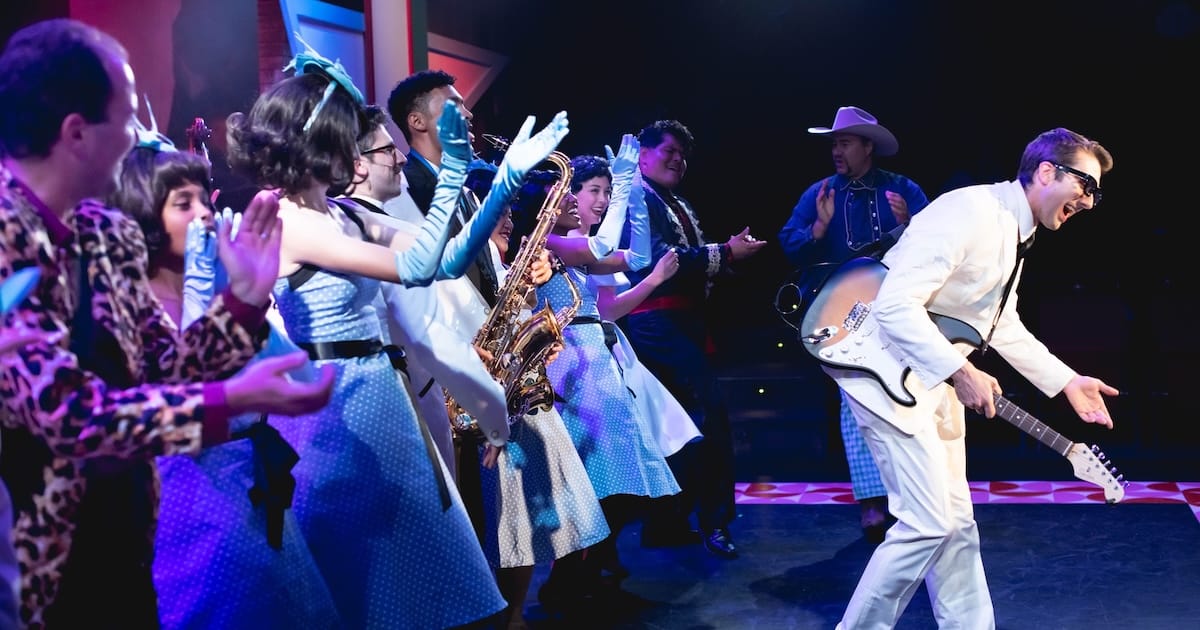

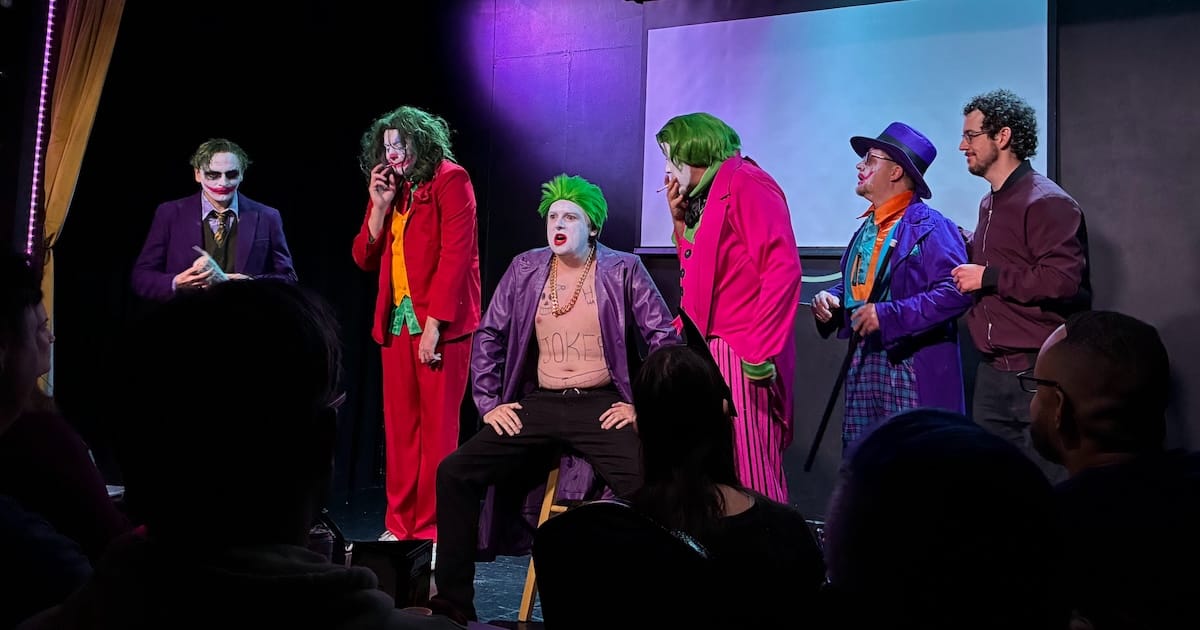
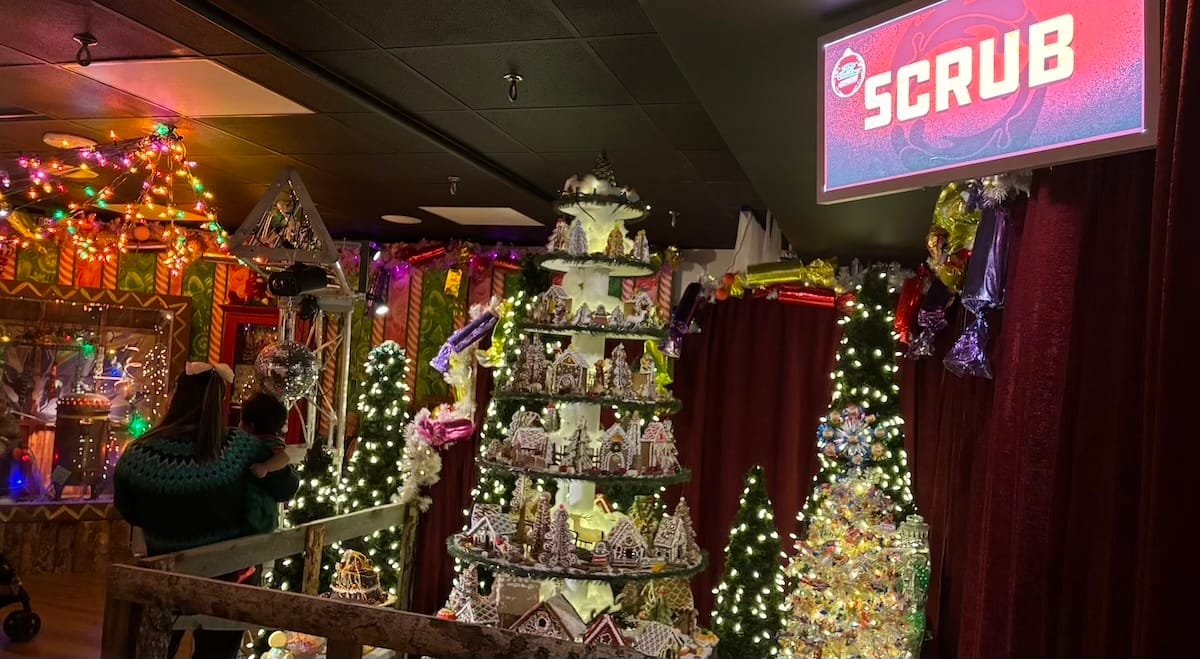

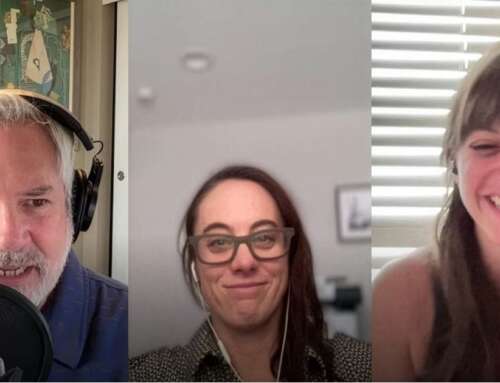
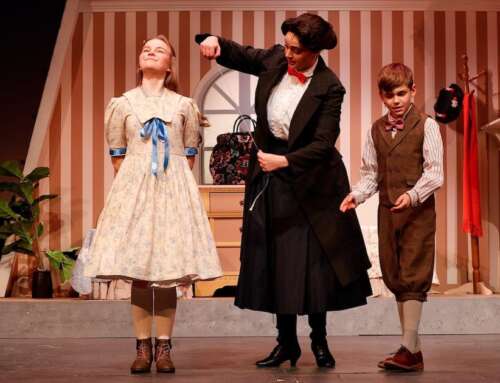

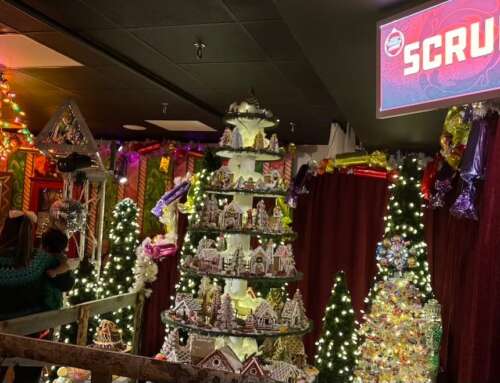

Leave A Comment